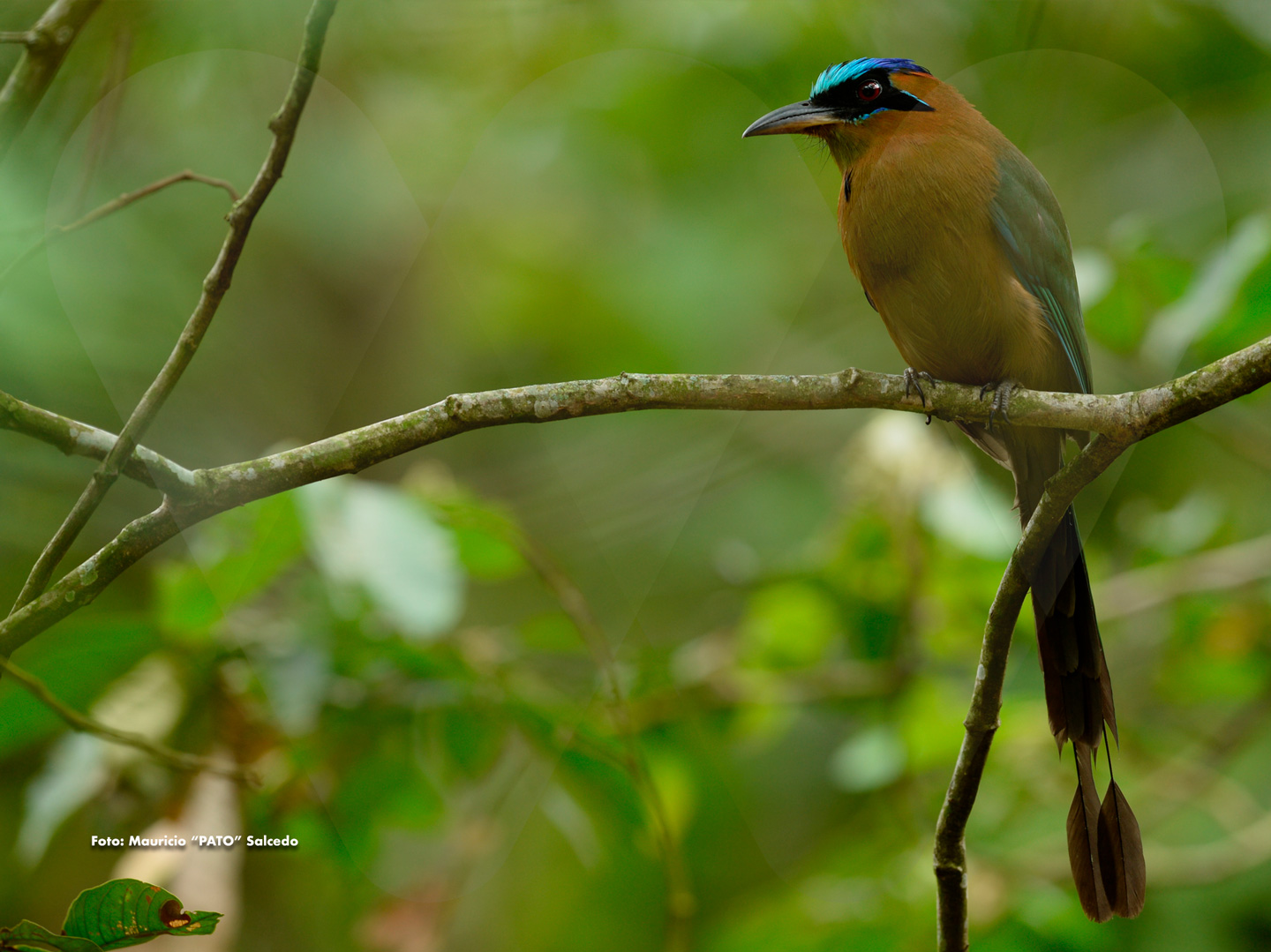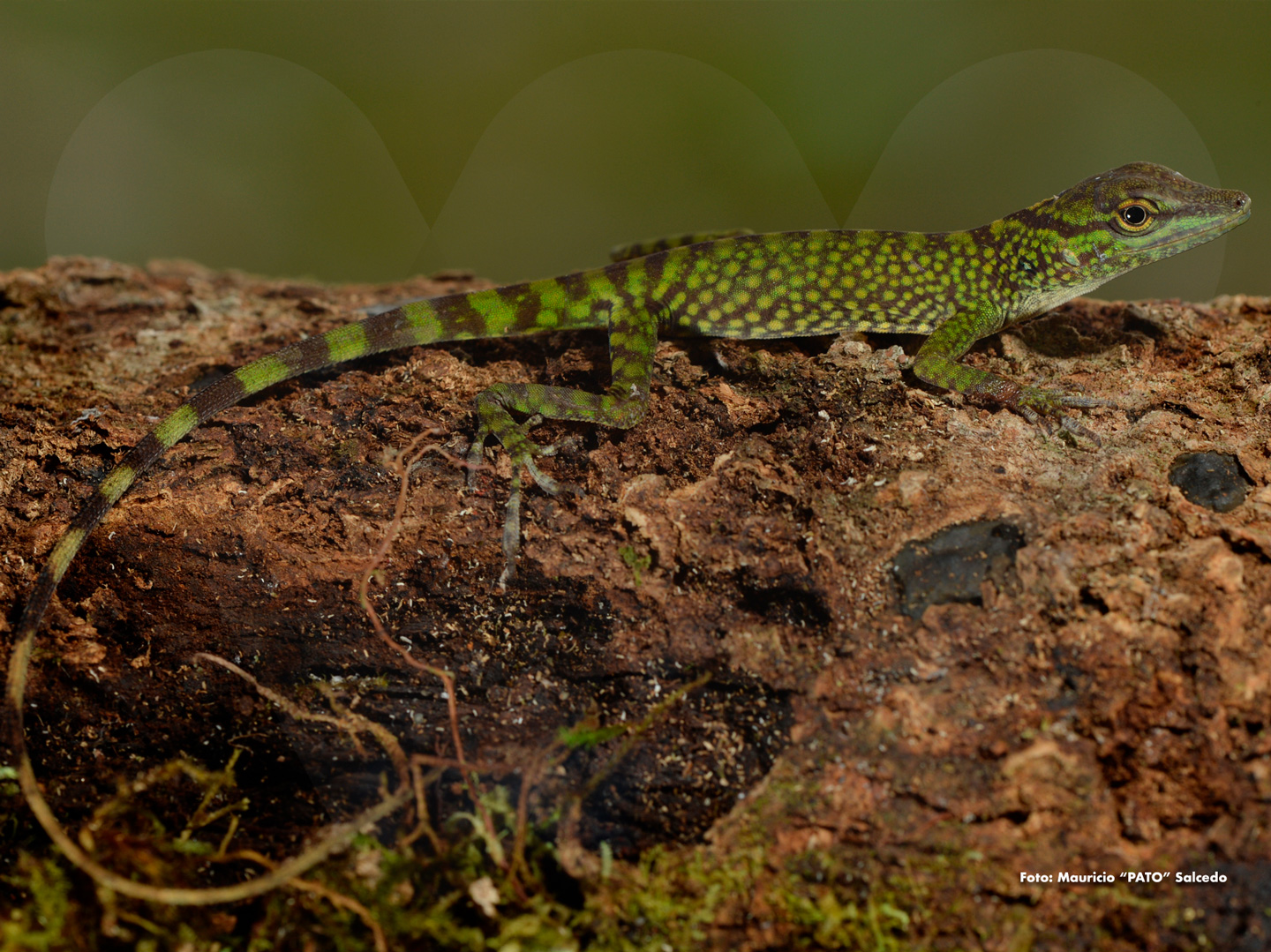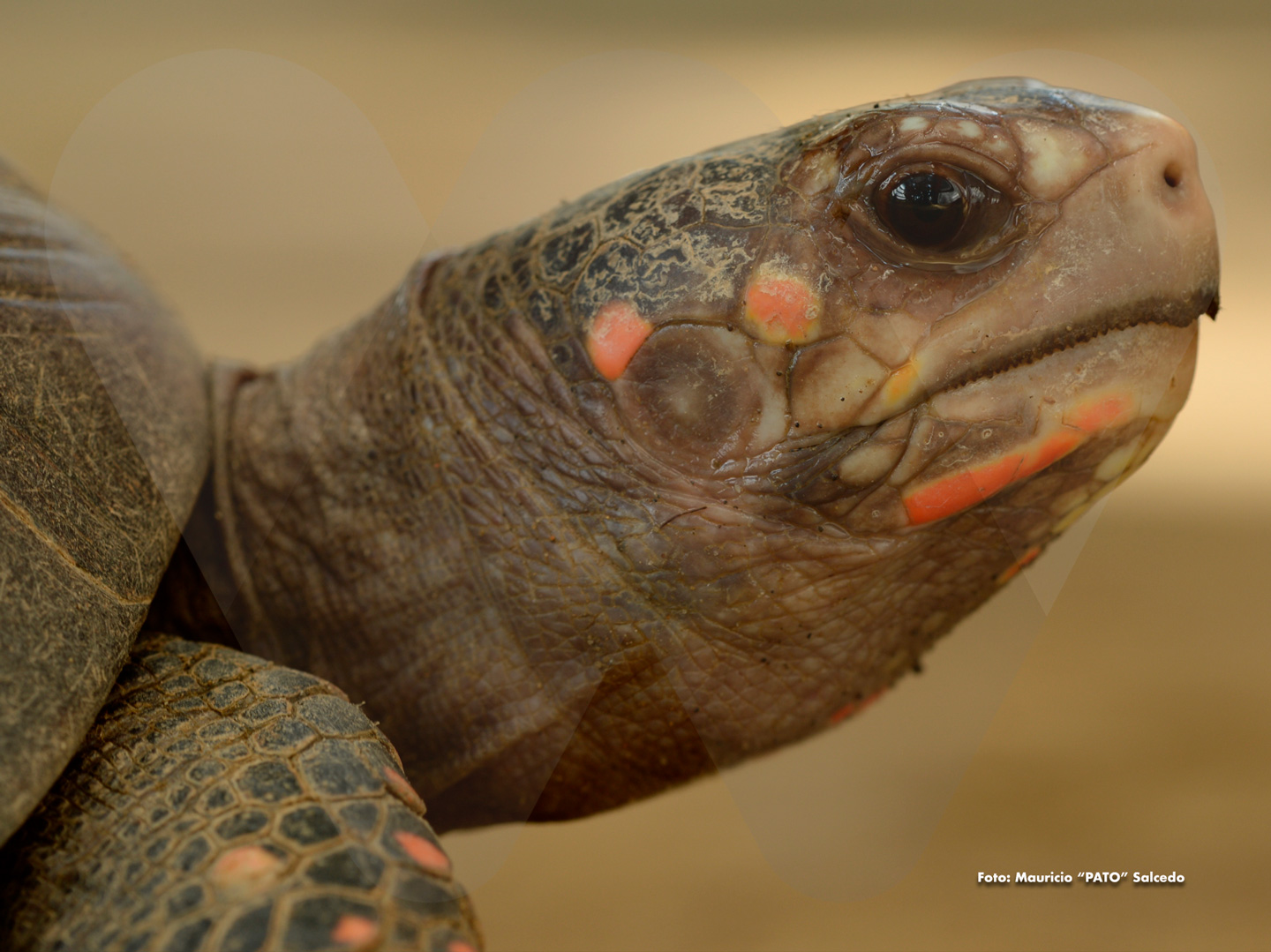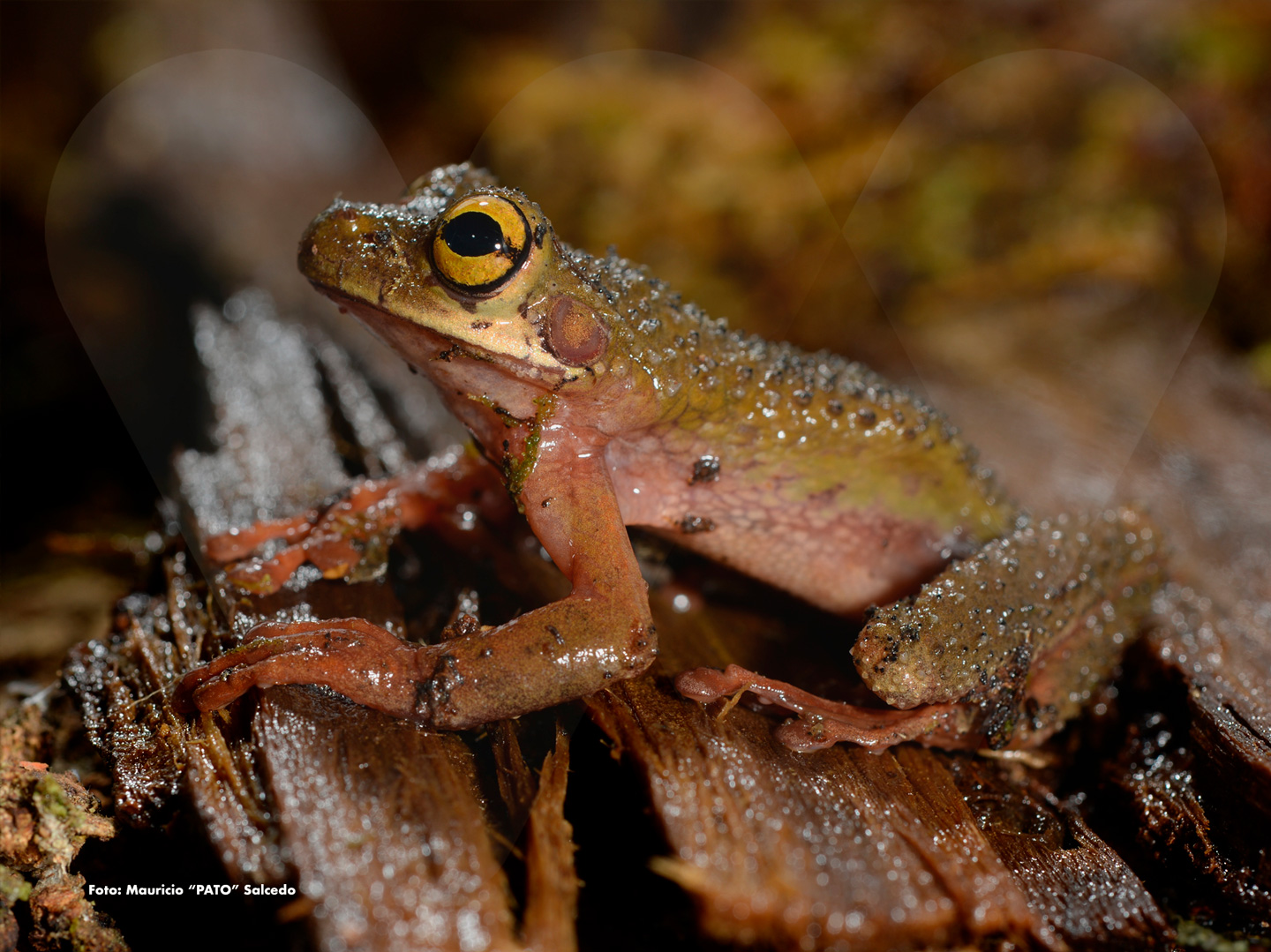Due to wildlife trafficking, many mammals, extracted from the country’s jungles, cannot perform their role as seed dispersers for plant renewal. This criminal activity impedes some birds, amphibians and reptiles to achieve their function as pest and disease controllers. In general, this threat fractures the food chain that transfers essential nutrients through the different species.

All animals have their purpose in the ecosystems. Consequently, any change in their habits or the permanent absence of many of them, may compromise the future balance of the biodiversity. Nature depends on a tight balance in which the interdependence among all living beings prevails.
This is the reason why, each time hundreds of mammals, birds or reptiles are captured and taken out of the jungles by felons, who sell them illegally to become pets or be commercialized among collectors abroad, there is a significant change in these landscapes. It is an alteration that may be imperceptible for humans but that, in this natural world, full of interconnections, where the big always eat the small as part of a precise food chain, there are undeniable and frequently unrecoverable consequences.
Each species has its role and it is altered when the number of individuals decreases due to the intense overexploitation suffered by their populations.
Through the Combatting Wildlife Trafficking Program, led by WCS Colombia with the financial support of the European Union and the United States Government, information was obtained to identify the 10 most trafficked species in the country to-date, within the four most important taxonomic groups (birds, reptiles, amphibians and mammals), and how their role in nature is affected when their populations are reduced. The purpose of this effort is to give authorities additional tools to identify and control this illegal trade of emblematic wild animals.
Transmission of zoonotic diseases
As per the above identification, the common opossum (Didelphis marsupialis), the red-tailed squirrel (Sciurus granatensis), the nine-banded armadillo (Dasypus novemcinctus) and the kinkajou (Potos flavus) are among the mammals most affected by this illegal commerce. Plus two sloths: the brown-throated three-toed sloth (Bradypus variegatus) and Hoffmann's two-toed sloth (Choloepus hoffmanni). And the group is completed by the squirrel monkeys (Saimiri sciureus), the cotton-top tamarin (Saguinus Oedipus), Humboldt's white-fronted capuchin (Cebus albifrons) and the Colombian red howler (Alouatta seniculus).
The first four, as small mammals, are crucial, as they are the biomass or food for numerous carnivores or big felines (like the jaguar) the existence of which is essential as umbrella species and bioindicators, as their sole presence in a determined place announces a good conservation condition. In turn, for example, when a tiger cat devours these small mammals, it controls their population and impedes their uncontrolled devastation of essential plants that help accumulate water and, at the same time, maintain the riverbeds.
The cotton-top tamarin is one of many significant mammals, a special creature as it only lives in Colombia (endemic). And maybe, precisely due to its value and charm, there is an intensified traffic of its populations that has caused the extraction of many of its specimens to turn them, forcibly, into domestic animals. And not only they suffer; their habitats are also affected because, with the reduction of primates, the plant structure in dry forests and tropical rainforests, where they disperse hundreds of vegetable species, also decreases.
“Additionally, their capture and commerce trigger the transmission or zoonotic diseases. The proximity between primates and human beings increases the probability of acquiring known diseases or new agents. And humans can also transmit infectious agents to the individuals and cause the disappearance of a complete population or, even, of an entire species at a local level”, explains Luz Dary Acevedo, coordinator for Colombia of the Combating Wildlife Trafficking Program.
Without reptiles there are no healthy wetlands
Reptiles and their habitats are also victims of the purchase and sale of wild animals. Among the most trafficked ten, the majority are turtles, such as the matamata turtle (Chelus fimbriata), the yellow-spotted sideneck turtle (Podocnemis unifilis), the Colombian slider (Trachemys callirostris), the slider (Trachemys scripta) and the Colombian wood turtle (Rhinoclemmys melanosterna).

In general, all of them can be herbivores, omnivores or even carnivores and, consequently, have important roles in food chains. However, their most relevant purpose is, precisely, being food for other wild animals.
Also important is the fact that, having a diet based on plants, turtles disperse seeds. This is a key role of another of the species of this group that completes the list of the turtles most affected by wildlife trafficking: Chelonoidis carbonarius or red-footed tortoise. It is captured mainly to be used as an amulet, because people believe that having it close can attract good luck and prosperity and decide to have specimens in their patios. With the capture of Chelonoidis carbonarius, the species is highly compromised because it only has one lay per year with 1 to 6 eggs and they take up to five months to hatch.

A species of caiman (Caiman crocodilus – spectacled caiman) and a subspecies (Caiman crocodilus fuscus – brown caiman), captured to sell their skins illegally, have other key roles. They participate in the nutrient cycle of the wetlands where they live, releasing organic matter through their feces that boosts the development of new plants and algae, key in the diet of other species. And in the mangroves, with their maneuvers and slithering movements, they open canals that maintain the flow of water intact.
The green iguana (Iguana iguana), highly impacted by the consumption of its eggs and the boa constrictor (Boa constrictor), sold mainly to collectors, once outside their natural habitats, cease pest control, mainly rodents.
A role also accomplished, in some manner, by many amphibians, such as the venomous frogs Oophaga histriónica (Harlequin Poison Frog), Oophaga lehmanni (Lehmann's poison frog) and Oophaga sylvatica (Littlre Devil Poison Frog), the so-called Caecilians, one of them known as Caecilia Nigricans (Rio Lita Caecilian), as well as the cane toad, the axoloti or Mexican walking fish (Ambystoma mexicanum), the African clawed frog (Xenopus laevis), the treefrogs (Smilisca sp.), a salamander identified as Hynobius sp and the frog Boana pugnax (Chirique-Flusse Treefrog), that head the list of the most trafficked species for this taxonomic group, many without distribution in Colombia.

Some of the venomous frogs, also called poison dart frogs, are part of the animals most coveted by traffickers due to the dazzling combination of colors on their bodies that makes them especially attractive for fish tanks and exhibitions in the United States and European countries. Their intensive sale plus the destruction of their natural habitats by the influence of agriculture and livestock farming has them on the brink of extinction.
Among birds, those that suffer the greatest persecution and topmost sales in market places are the orange-chinned parakeet (Brotogeris jugularis), the yellow-crowned parrot (Amazona ochrocephala), the orange-winged parrot (Amazona amazónica) and the blue-headed parrot (Pionus menstruus), as well as the saffron finch (Sicalis flaveola), the tropical screech owl (Megascops choliba), the brown-throated parakeet (Eupsittula pertinax), the tropical mockingbird (Mimus gilvus), the roadside hawk (Rupornis magnirostris), and the blue-and-yellow macaw (Ara ararauna).
They have an important role in the ecosystem. Some eat seeds and then disperse them, helping in the reproduction of plants, as the passage of the seeds through their digestive system prepares them to germinate. Birds are also pollinators, just as bats and bees. Some birds are insectivores and others mix the options, for instance, they eat seeds but also insects, especially in reproductive seasons when they need animal proteins for the chicks’ feeding process.
Some birds are carnivores; they hunt live animals, such as small mice. And there are scavengers that eat dead animals, cleaning the environment of dead bodies that are a source of bacteria or viruses that may generate diseases in other animals or human beings.
For many, that crucial role for everyone’s life, that is also essential for the protection of the forests that give us clean air and maintain the cycle of water intact, is worth little or nothing. Many prefer to have one or several parakeets, tied or locked up at their farms, to admire their plumage or try to have them imitate the human voice as part of an ominous entertainment that, in most cases, produces the gradual deterioration of the animal.
Today, wildlife trafficking is strengthened and appears as one of the worst environmental threats of our time.